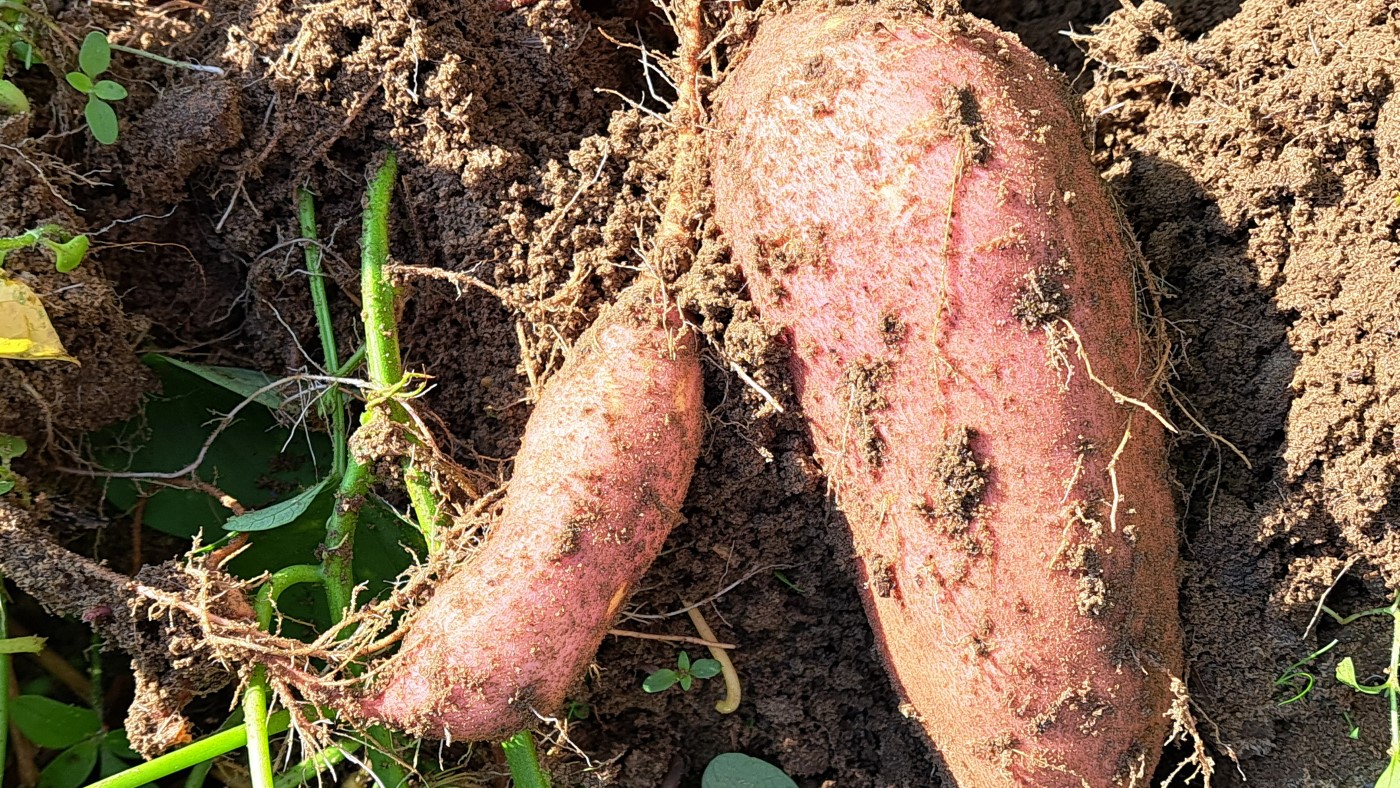A new sweetpotato variety is being developed and tested by LSU Ag Center. It holds promise as a compliment to the popular Covington grown in the Carolinas. Dr. Don La Bonte is a sweetpotato breeder and the lead scientist for the Avoyelles variety.
“Sweetpotatoes, they will not self pollinate. They have to cross with a different line in order to produce a true seed. And so we’ll get, you know, 30,000 or so true seeds each year, and these will plan out in the greenhouse, sprout them up just like you would like corn.”
The Avoyelles first came to light in 2018 in the Louisiana parish, which is its namesake. Dr. La Bonte then introduced the line to see developers across the country, including Jim Jones in Bailey, North Carolina.
“Getting into the micropropagation part where he was talking about it changed from the old way of producing new seed to a better way that that we think is a lot better getting rid of the viruses and all.
Jones then gives his evaluations to La Bonte.
“Whether he wants to produce what we call foundation seed, or certified seed. This is seed that’s going to be that basically starts out as tissue culture plants. They’re clean. And so he’s going to expand those, grow those out, take runners and, you know, blow it up, and then get that to growers, which they will use as kind of their mother stock of plants to produce clean, clean crop.”
What they found is a promising new variety.
Wow. This looks so much better than our check varieties, which are Beauregard and Orleans in our region. You know, really had a very attractive shape, high yield and performed very, very well. We traveled again. We thought, Wow, this thing is actually we’re eating lot of oversized potatoes. So that’s where we came up with, you know, it really looks like it’s an early potato, so you can harvest it weeks in advance of what you normally would harvest your main crop.”
La Bonte thinks farmers could plant the Avoyelles as well as their Covingtons.
“Around this time of year, people start running out of their stored stock. Growers do. And so they’ll have their retailers, their customers call, ‘Hey, I need some fresh sweetpotatoes.’ And so growers often have to go in and harvest a crop earlier than they really want to. So it’s undersized, the yields not there. So although they’re satisfying their customers, they also are taking a loss, because they know what that crop could be if they let it in the ground for another month. So this is a unique slotting for this line. It certainly is not going to be something that will be grown, you know, as an entire crop for a producer.”
Photo by Mike Davis/SFN


